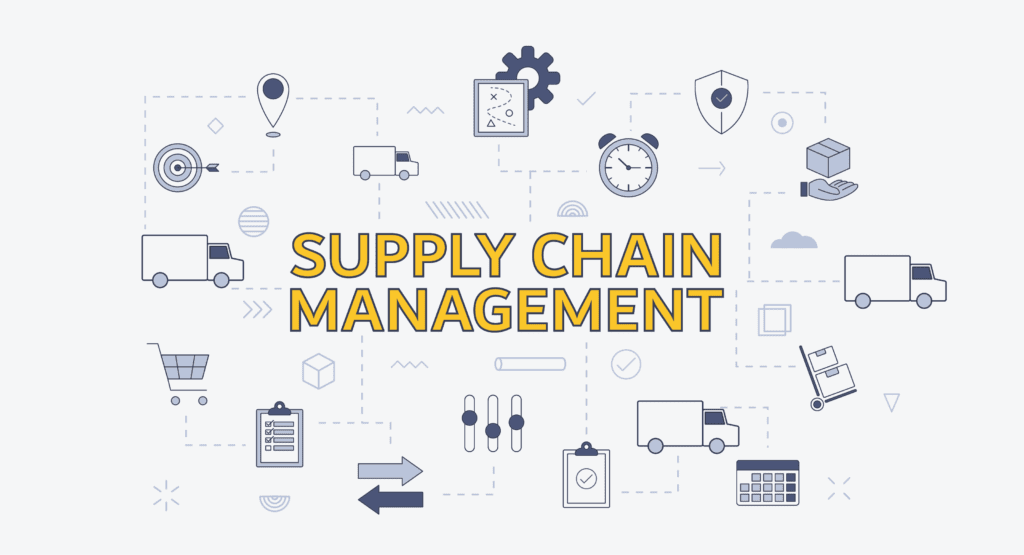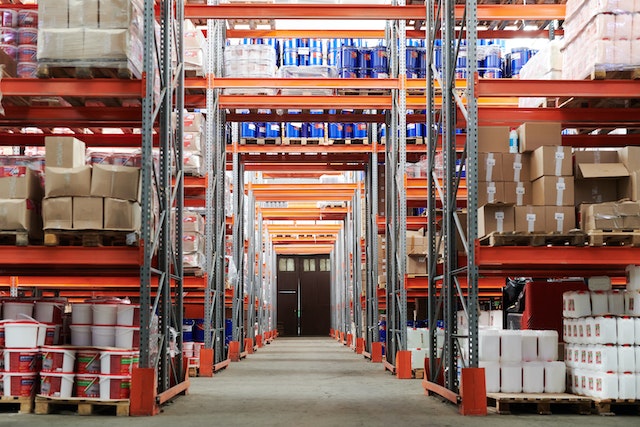
5 Best Logistics Tips for E-commerce Business Owners | Image Source: Pexels
No matter what kind of business you have, logistics are the same. The critical elements can be modified to suit the requirements of each firm, but they remain fundamentally the same. The word logistique comes from the French and refers to organizing and executing undertakings. Therefore, logistics in e-commerce is the process of effectively planning, carrying out, and controlling all the processes related to an organization, from shipping and handling to the storage of goods inside and outside of organizations, in order to ensure that delivery deadlines and their quality are held in high regard.
Despite being a critical element of any enterprise, logistics acquires a special significance in the electronic commercial world. This is due to the need to balance the physical and digital informational flows that are essential to the industry. In effect, this entails simultaneously managing physical goods, internet payments, and social network comments. In this manner, while the practice of applying logistics varies, the goal stays the same. The logistical principles must be modified for the virtual firm.
For instance, it is crucial to preserve the security of online operations at all times, which calls for training information technology specialists, as well as collaboration between vendors, carriers, logistics managers, and emailers themselves. Consequently, the security component is handled differently in the sector, even if it is present in logistics related to physical retail, which highlights the distinctiveness of the logistics application in both types of business.
It is futile to run a web-based firm without spending enough time and effort on logistics and organizational concerns. The process of fulfilling orders and delivering products is the most problematic aspect of virtual business, must be taken care of in order to maximize profits, avoid losses, and obtain a satisfactory financial return. This is particularly true when there are significant promotions, which leads to an increase in the volume and intensity of purchases.
The four phases of selling in E-commerce
According to us, there are four stages of selling a product in a virtual store:
- Order preparation: the customer locates and recognizes the goods, takes in the knowledge he needs to make a decision about the purchase, and then authorizes payment for the item, sending the order to the website.
- Order processing: phase two is when the website and organizations that facilitate online payments (such credit card processors and virtual security providers) examine the order and determine whether to validate it or not.
- Order confirmation: The merchandise is reserved and ready for transport once payment has been allowed and confirmed. In this stage, the delivery time is started to be tracked.
- Delivery: Delivery completes the virtual business’s logistical cycle.
5 Best E-Commerce Logistics Tips
Following these stages, here are five e-commerce logistics tips to help online business owners:
Closer alignment between the physical and virtual cycles
The physical cycle must be used in conjunction with the virtual cycle to match its speed and usefulness. Building a successful plan for order processing, order execution, and order delivery is crucial for this. It’s essential that we deliver the product on schedule. In this aspect, effective preparation is vital.
Have a logistics platform management interface
Whether or not your ecommerce website outsources its logistics, having a system of this kind will make your work easier and be advantageous to the customer. The customer may monitor the progress of his order, and the business owner has more precise and efficient control on his goods inventory.
Invest in order return management
Allowing customers to return items is a good approach to keep them as customers and make their shopping experience more convenient. To do this, however, it is vital to keep a mechanism in place for adding the product back to the stock, pay close attention to quality control, and discard any products that are not fit for use.
Pay close attention to your customer relationship
Information management plays a big part in logistical problems in online enterprises. It is essential to pay close attention to the administration and return of this interactivity in order to manage orders efficiently as well as consumer feedback. E-commerce is a logistics success when items are delivered on time, with quality, and when this policy is combined with efficient and prompt customer service.
Outsource
This recommendation is optional; if the business owner chooses to do so and is able to do so financially, he or she may hire a professional company to handle the logistical aspects of their company. Although effective internet firms owe a lot of their success to excellent logistics, the cost can occasionally be higher, but the rewards may well be worthwhile.
If you need any kind of logistical support, don’t hesitate to get in touch with us.






